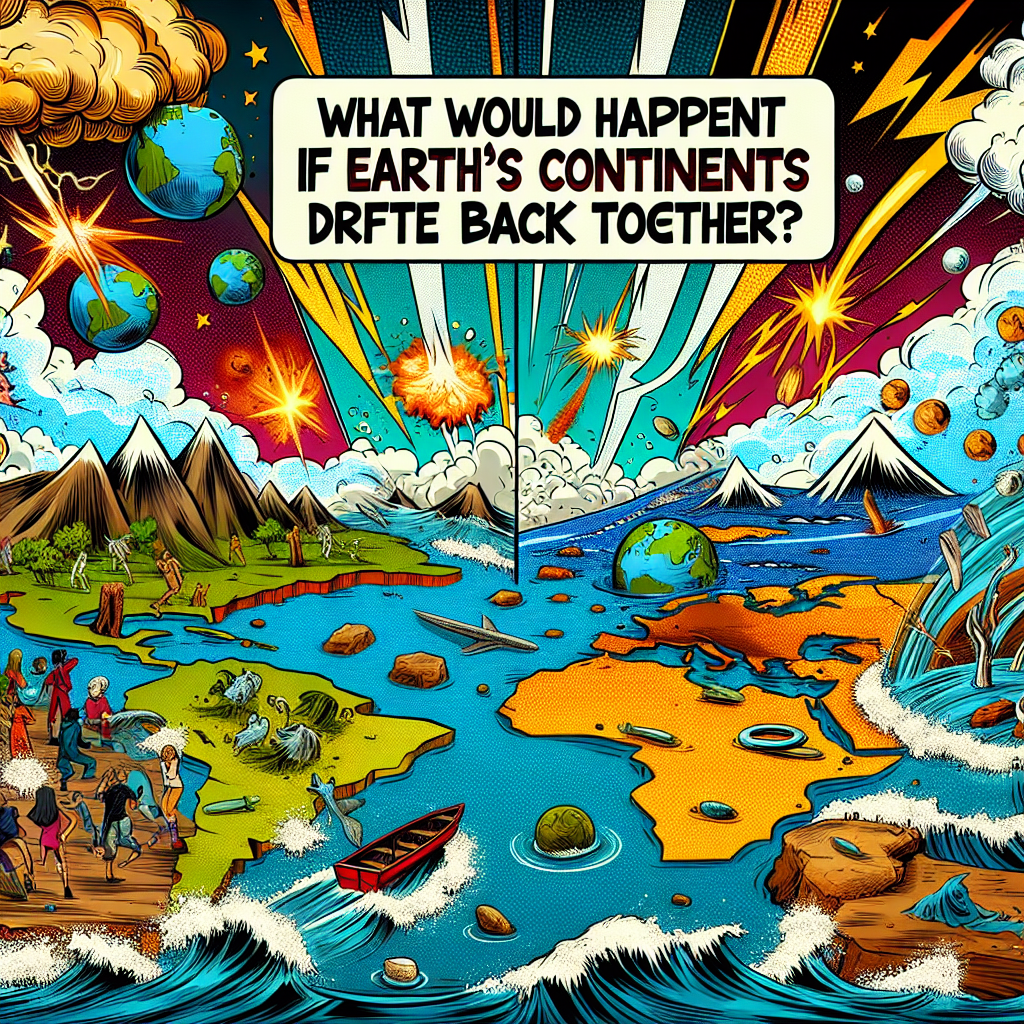The supercontinent of Pangaea, which existed over 300 million years ago, is slowly reassembling itself in our minds. If Earth's continents were to drift back together, the process would be a slow, grueling, and complex dance of tectonic plates.
Imagine the Earth's surface as a giant jigsaw puzzle, with each piece constantly in motion. The continents, like massive, irregularly shaped puzzle pieces, are in a state of constant movement, sliding over the more fluid asthenosphere below.
As the continents converge, the edges of the tectonic plates would interact, just like two giant, opposing forces trying to occupy the same space. The boundaries between these plates would be the focal points of this interaction. There are three possible boundary types: convergent, divergent, and transform.
Convergent boundaries occur when two plates move towards each other, resulting in subduction (one plate dives beneath the other) or collision (the plates collide and crumple). This is what happened when India collided with Asia, forming the Himalayan mountain range.
Divergent boundaries, on the other hand, occur when two plates move apart, resulting in the creation of new crust, such as mid-ocean ridges. The East African Rift System, where Africa is slowly splitting apart, is an example of this process.
Transform boundaries, like the San Andreas Fault in California, occur when two plates slide past each other horizontally, without creating or destroying crust.
Now, imagine the continents drifting back together. The Atlantic Ocean would begin to close, and the Americas would crunch into Europe and Africa. The Indian subcontinent would continue its collision course with Asia, further shaping the Himalayas.
As the continents converge, several mountain ranges would form. The Andes, the Himalayas, and the Appalachian Mountains would all be reinvigorated as the tectonic plates collide and crumple. Volcanic activity would increase, with volcanoes forming at the boundaries of subducting plates.
The geography of our planet would undergo a drastic transformation. The closure of the Atlantic Ocean would result in the formation of a massive mountain range, rivaling the Himalayas in scale. The Americas would be forced upwards, creating a new range of mountains that would stretch from the tip of South America to the northern coast of Canada.
The climate would also be drastically altered. The changed geography would disrupt global ocean currents and atmospheric circulation patterns, leading to shifts in temperature and precipitation patterns. This, in turn, would have a profound impact on global weather patterns, potentially leading to more extreme weather events.
The Earth's rotation would slow due to the redistribution of mass towards the equator, resulting in longer days. The Moon's orbit would increase in distance, and the tidal forces that shape our coastlines would weaken.
The consequences of continents drifting back together would be far-reaching, shaping the very fabric of our planet. The Earth's surface, atmosphere, and oceans would be reshaped in profound ways, making our planet almost unrecognizable.
In conclusion, the reassembly of Pangaea would be a gradual, complex process that would reshape the very essence of our planet. The Earth's surface would be reshaped, mountain ranges would form, and the climate would be drastically altered. The consequences would be catastrophic, but also, in a geological sense, breathtakingly beautiful.

Popular Space Questions
Find answers to the trending space questions being asked by our community on social media.
- How many galaxies are there in the universe?
- How far is Pluto from Earth?
- How many planets are in the Milky Way?
- How many planets are in our solar system?
- What would happen if a rogue planet entered our solar system?
- What are the planets in order?
- How big is the universe?
- How big is the Earth?
- What if we found a way to manipulate gravity?
- How far is the Sun from Earth?